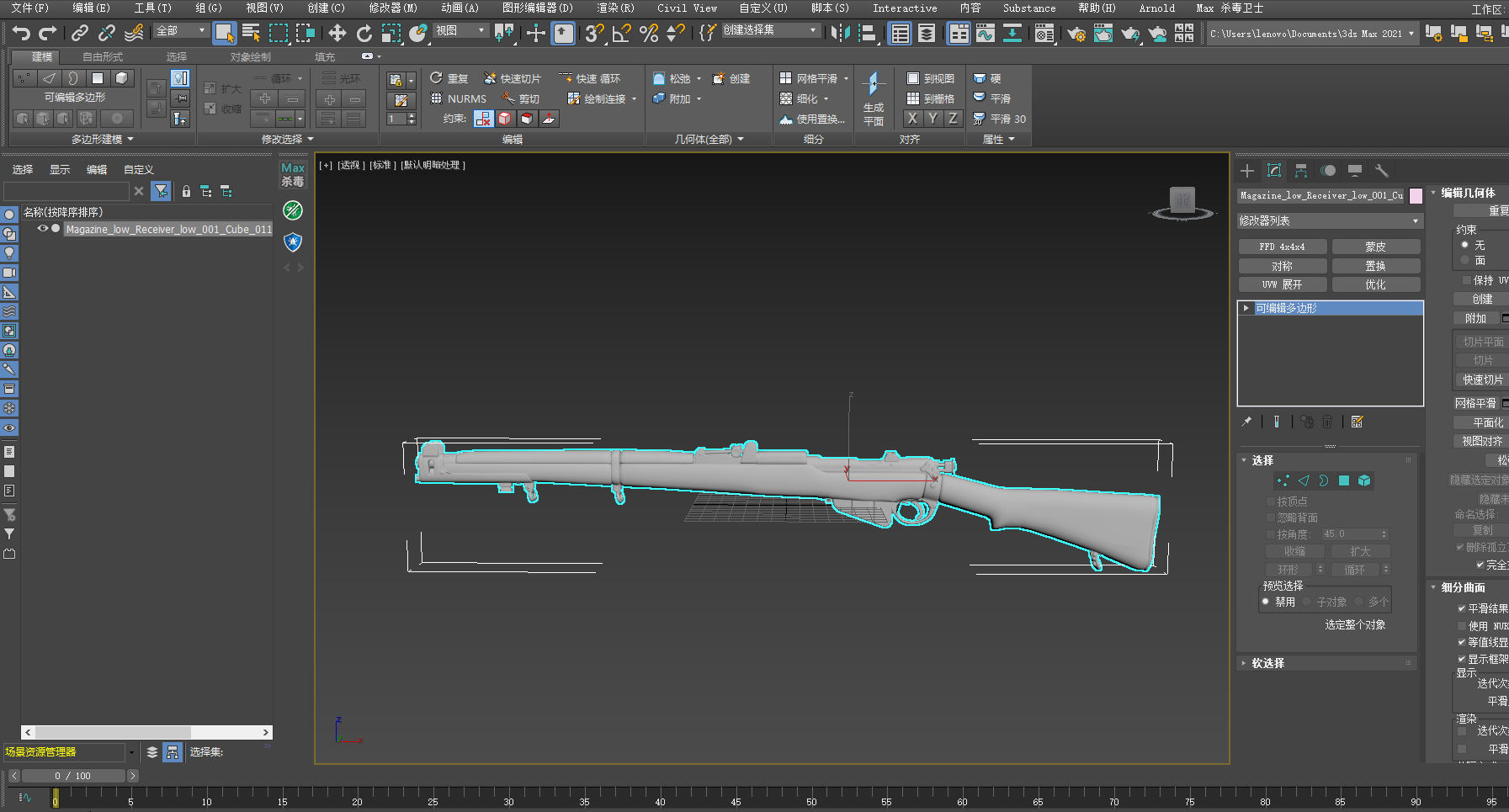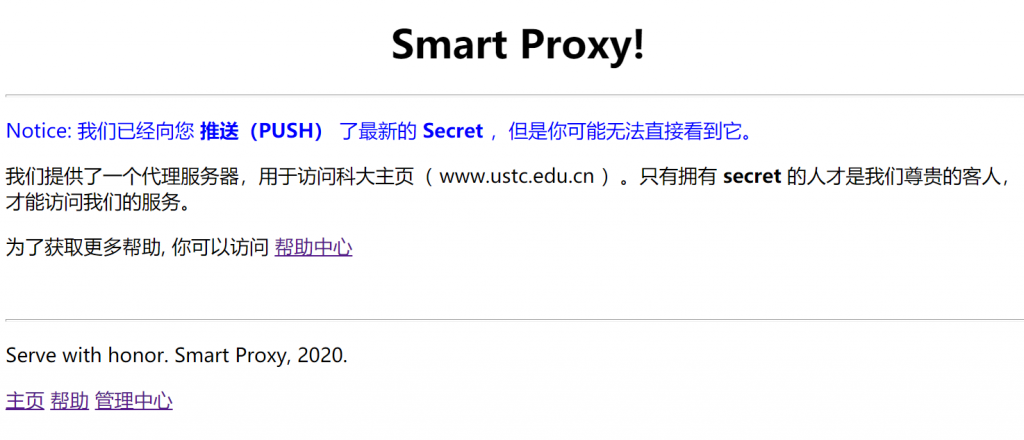

This cookie is set by GDPR Cookie Consent plugin. These cookies ensure basic functionalities and security features of the website, anonymously. Necessary cookies are absolutely essential for the website to function properly. For more information on smart-pixel technologies, contact Steven Bennett at 20. Such large numbers of optical signals are incompatible with individual fiber connections and are more readily transferred via free-space imaging optics. If you have 4,000 channels running in parallel at 250 Mbits/s, that corresponds to a terabit per second of information, which is a million-million bits per second,” says Professor Andrew Walker of Heriot-Watt University. “This gives you a huge potential for communication that could not be achieved through electrical connections. Laser beams shine onto the chips, imprinting signals that can be sent anywhere in the system via reflected beams without degradation. In operation, the smart-pixel devices transmit thousands of signals by controlling the reflectivity of light. Connection between the two chips is made using a solder-bump flip-chip technique that provides thousands of connections. The devices are made by placing an InGaAs/AlGaAs optoelectronic semiconductor chip–which acts as an interface between electrical and optical signal in both directions–on top of a silicon chip. The devices' input and output are identical, and act as quantum-confined Stark-effect modulators or PIN photodiode detectors.Ĭapable of enabling free-space optical communication to overġ Tbit/s, smart-pixel devices should find use in massively paralleledĬomputing systems and other connection-intensive environments. The individual elements are defined by etched mesas and linked in pairs, which enables differential optical signaling. The smart-pixel devices are strain-balanced multiple-quantum-well structuresconfigured as reverse-biased PIN diodes. The advancement–called smart-pixel technology–combines optics with conventional silicon electronics into smart-pixel devices, which should find use in massively paralleled computing systems and other connection-intensive processing environments. A research program headed by Heriot-Watt University (Edinburgh, Scotland) has refined an electro-optical approach with the capacity to allow an aggregatedata rate of over 1 Tbit/s between silicon ICs. Additional store credit terms are located here.

Additional trade-in terms are located here. Phones sent for trade-in must be received within 30 days of initiation of trade-in process, provided the purchased device has not been returned during that time.

Refund is based on (and paid after) phone received matching the description provided at time of estimate and will be issued to form of payment used for order. Phone trade-in credit will be issued as a refund back on the credit card used for the phone purchase at Google Store or in the form of Store Credit if the purchased phone has already been returned.

Phone trade-in value depends on the eligibility of the phone traded in. Credit card refund only available if a Pixel phone is purchased on that card. Trade-in values vary based on condition, year, and configuration of your trade-in device, and are subject to change upon inspection.


 0 kommentar(er)
0 kommentar(er)
